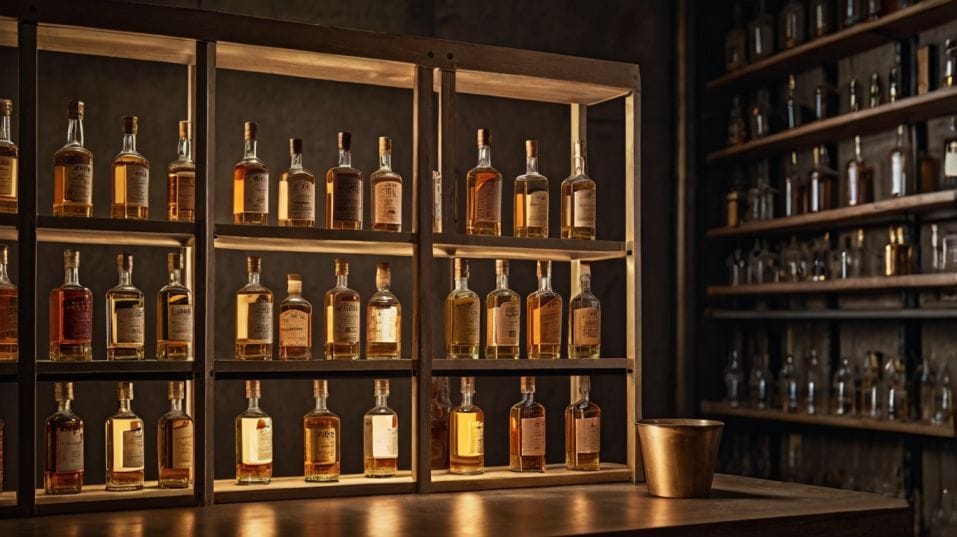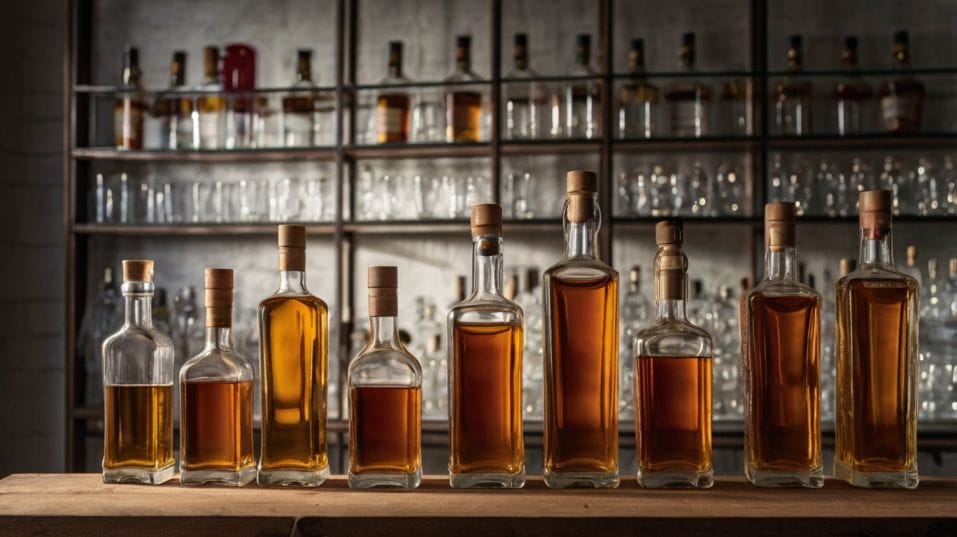How Long Does an Open Bottle Last?
Think your whiskey lasts forever once opened? Learn how time, air & light change flavor—and how to store it right and sip with confidence.

Ever wonder if your whiskey changes once the cork pops? It does—and if you're early in your whiskey journey, this is a detail you can't afford to ignore. Open bottles evolve.
Sometimes for the better, often not. Whether you're sipping slowly or building a collection, knowing how whiskey reacts to air, light, and time helps you protect what you pour. Here’s how to spot the signs, store smart, and drink before it dulls.
No, Whiskey Doesn’t “Go Bad”—But It Definitely Changes
Let’s kill the most common myth first: whiskey doesn’t spoil. You won’t pop the cork after six months and find something undrinkable or unsafe.
It’s not wine. It’s not beer. It won’t sour, curdle, or grow mold. But what it does do is oxidize. And oxidation is sneaky.
Oxygen starts interacting with the whiskey the second air enters the bottle. At first, this might seem like a good thing. Some whiskey—even great whiskey—benefits from a little time to open up.
Harsh ethanol notes can settle. Complex aromas can bloom. But that window closes.
Fast. After weeks or months, depending on how much air is in the bottle and how it’s stored, those same oxidation reactions can strip away vibrancy, mute your favorite notes, and leave behind a flat, tired version of what you once loved.

You Don’t Need a Lab—Just Use Your Senses
You’ll feel it. Over time, a whiskey you knew well may start tasting off—not bad, just... missing something. That spicy burst? Gone. That clean finish? Now it’s muddled. The nose might seem less intense. The mouthfeel might lose richness.
This isn’t subtle if you’re paying attention. And once you know what to look for, you’ll never not notice it again.
The Real Enemies: Oxygen, Light, Heat, and Time
Oxidation isn’t acting alone. Light and heat are just as ruthless. Direct sunlight breaks down flavor compounds fast. That beautiful bottle on your windowsill? It's cooking.
UV rays tear into whiskey like acid, dulling its color and flattening its taste. Heat ramps it all up—speeding oxidation, softening structure, and shifting the balance you paid for.
Think of it like slow, irreversible decay. It’s not about drama. It’s about detail—and your ability to preserve it.
And then there’s time. Even if you store your bottles perfectly, time will chip away at the spirit’s liveliness once it’s been opened. An open bottle isn’t an archive.
It’s a short-term experience. You don’t need to panic or chug everything in sight—but don’t lie to yourself, either. No whiskey tastes better after sitting half-full for two years on a shelf, no matter what story you tell yourself.
How Much Air Is Too Much? Depends on What’s Left in the Bottle
This is where things get practical. The more air in the bottle, the faster the whiskey changes.
A bottle that’s 90% full
Pretty stable. You’ve got time—months, even a year or more—before you notice a shift.
At 50%
You’ll start seeing more change. Oxidation picks up. Whiskey begins to soften, often in ways that round the experience but reduce detail.
Below a third
That’s the danger zone. The remaining whiskey is in contact with a lot of air, and unless you're pouring regularly, it’s going to decline—sometimes fast.
A nearly empty bottle
Enjoy it or decant it. You’re racing the clock.
If you’re curious, try this: buy two of the same bottle. Open one. Taste it when it’s fresh. Leave it for six months and revisit. Compare it to the sealed one. That’s the difference oxygen makes—and it’s not theoretical.
Serious About Flavor? Store Like It Matters
Storage is the easiest thing to control. And if you’re collecting with any kind of intention, there’s no excuse for screwing it up.
Keep your bottles upright—always. Whiskey can eat through cork if left horizontal, especially over long periods. Store them somewhere cool and dark.
Not freezing. Not hot. Think cellar, not attic. Avoid temperature swings. Your whiskey doesn’t need a climate-controlled vault, but it also doesn’t want to live above your fridge or next to a sunny window.
If you’re not planning to finish a bottle anytime soon—and especially if it’s a special one—transfer it into a smaller glass bottle with a tight seal once you’re past the halfway point.
That reduces the oxygen exposure and slows down oxidation. No fancy gadgets, no gimmicks. Just simple science, well-applied.
Keep Tasting, Keep Learning
Here’s where it gets interesting. Watching how a whiskey evolves after opening is one of the most underrated ways to build your palate.
You learn what flavors hold up. What fades. What improves over time—and what doesn’t. That’s not just casual drinking. That’s technique. That’s how collectors turn into tasters.
You’ll also start to understand why you like certain bottles more than others—not just by label or price, but by how they perform over time.
And once you’re paying attention to how your bottles change, you’ll start drinking smarter. You’ll know when to pour freely, when to save something, and when a bottle’s best days are behind it.
Final Thoughts
Every open bottle has a shelf life. Not a rigid deadline—but a rhythm. Learn it, and you’ll get more out of every pour.
This isn’t about being precious. It’s about drinking with clarity, not confusion. Don’t hoard. Don’t rush. Taste while it matters.
So here’s your move: open a bottle you’ve been sitting on. Taste it today. Then make a plan to come back to it. Watch it evolve.
Compare it with something fresh. The best whiskey education doesn’t come from reading—it comes from drinking with your eyes open.




